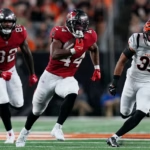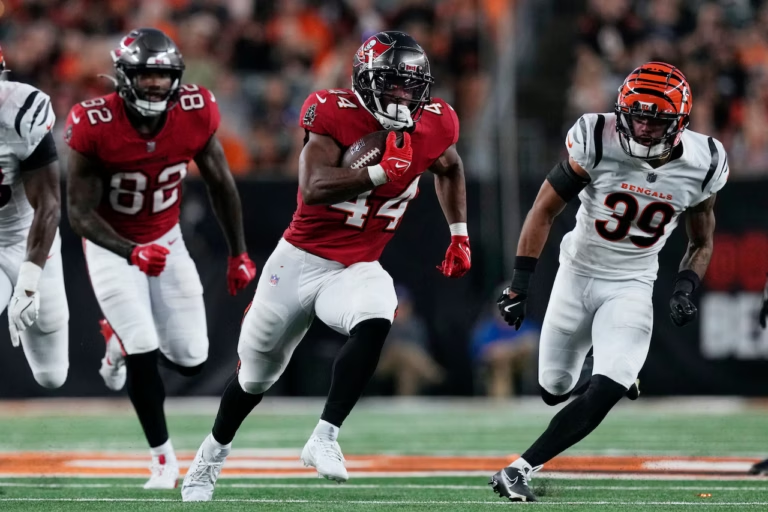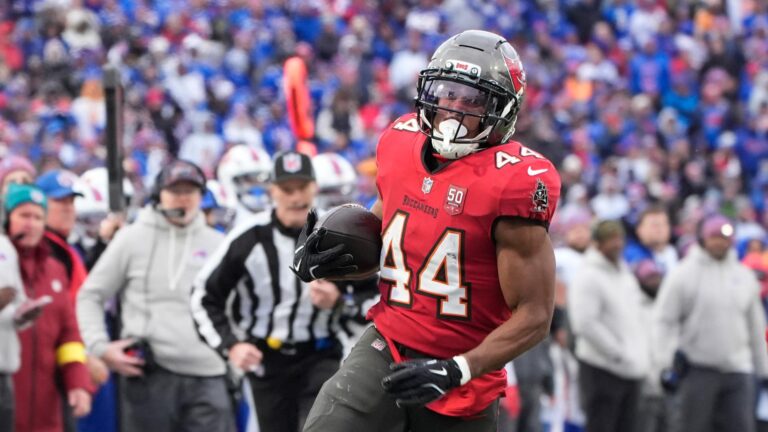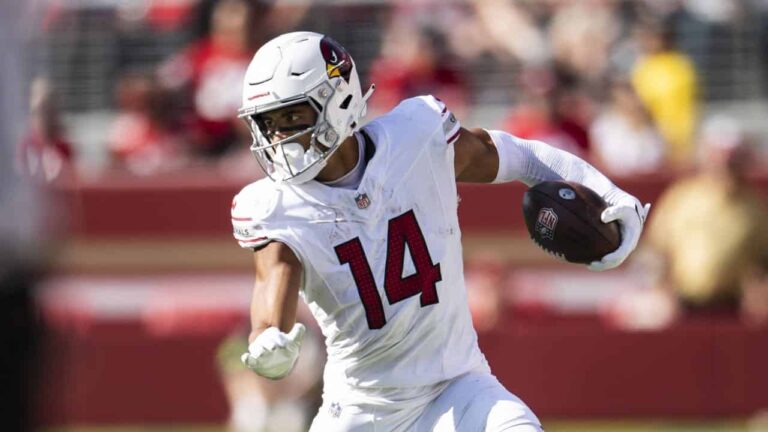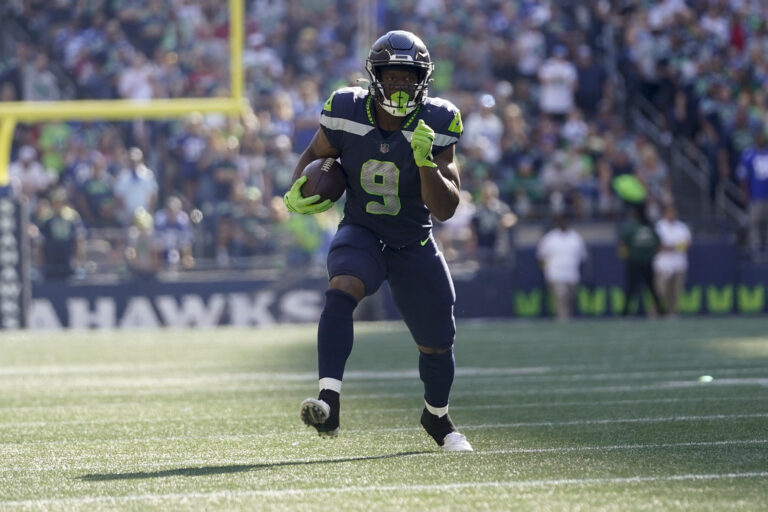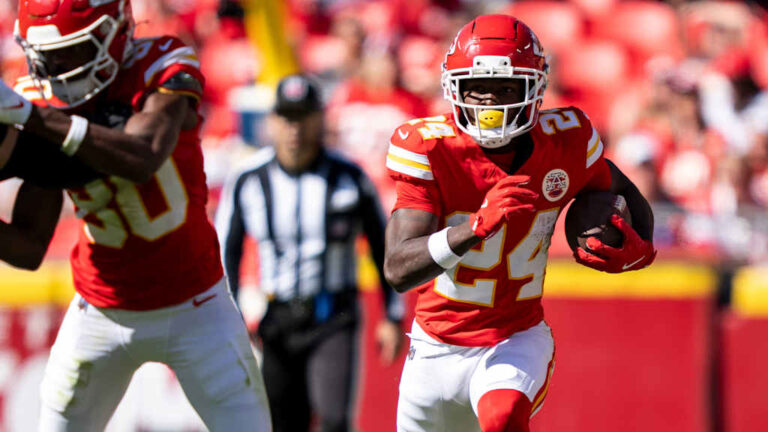The 2025 NFL season brings tweaks in rules, team strategies and player usage that will impact fantasy managers, giving drafters new angles to study as they build their boards. Teams are adjusting offensive pace and red-zone priorities, which changes how running backs and wide receivers are valued. Different websites have highlighted how these shifts reshape projections, usage patterns, and role stability. While traditional ADP lists matter, staying ahead requires understanding how rule modifications influence player performance trends and how fantasy managers can adapt more effectively during drafts.
Rule Tweaks and Fantasy Implications
The 2025 NFL season brings tweaks in rules, team strategies and player usage that will impact fantasy managers, and these modifications push organizations to rethink how they distribute opportunities across their rosters. The most significant structural adjustments influence what kinds of plays offenses lean on in high-impact scenarios, especially inside the 20 where red-zone conversions have become more analytics-driven. Because teams are adjusting offensive pace and red-zone priorities, which changes how running backs and wide receivers are valued, fantasy drafters must reconsider positional advantages as certain archetypes gain relevance while others lose ground under the new strategic tempo. Teams modifying pace and red-zone usage are the first ripple effect influencing draft choices.
Offensive Pace and Player Value Shifts
Teams are adjusting offensive pace and red-zone priorities, which changes how running backs and wide receivers are valued, creating a ripple of unpredictable shifts across expected opportunity totals. Faster tempo means more plays, but not all plays translate into fantasy-friendly touches. Some teams, influenced by analytic models like those referenced by diverse sources, have leaned into hurry-up structures to keep defenses in mismatches. Others slow things down to manufacture controlled drives. These contrasting identities change how fantasy managers assign value to usage, snap share, and goal-line involvement across the skill-position pool. Offenses adopting quicker clarity in playcalling also alter how volume backs and slot receiver’s score.
Red-Zone Redistribution Trends
As teams adjust offensive pace and red-zone priorities, which changes how running backs and wide receivers are valued, many organizations now emphasize diversifying touchdown sources rather than concentrating carries or targets on a single player. Different reports that several teams have installed play-design packages meant to create open throwing lanes near the goal line, taking pressure off power rushers. Meanwhile, diverse sources has observed greater use of motion and deception to generate scoring opportunities for secondary receivers. These shifts will be critical for fantasy drafters looking to pinpoint undervalued touchdown candidates. Wide receivers gaining red-zone design emphasis may outperform expectations.
ADP Limitations in 2025 Drafts
Traditional ADP lists matter for orientation, but they do not adjust quickly enough to reflect new league tendencies created by the 2025 NFL rule tweaks. Because teams are adjusting offensive pace and red-zone priorities, which changes how running backs and wide receivers are valued, fantasy drafters relying solely on public price charts risk missing tier jumps and opportunity spikes. Various sources highlight how trends evolve faster than consensus rankings can track. Staying ahead requires tools capable of interpreting the effects of rule-driven strategy shifts. This is where the best fantasy football draft assistant becomes a powerful asset.
Smarter Drafts
Smart drafts plays a key role in helping fantasy managers interpret how rule changes shift player floors and ceilings across every draft round. Because the 2025 NFL season brings tweaks in rules, team strategies and player usage that will impact fantasy managers, a system capable of recognizing where value pockets appear can be decisive. The method blends traditional ADP with trend-responsive insights pulled from different outlets. This combination lets drafters recalibrate player priority lists with confidence as the draft room becomes more volatile. Anchoring strategies around reliable baselines stabilizes decision-making under pressure.
Running Back Value Under New Priorities
Teams are adjusting offensive pace and red-zone priorities, which changes how running backs and wide receivers are valued, and running backs feel this most directly. With several organizations reducing predictable goal-line carries in favor of mixed personnel packages, power backs lose the certainty they once enjoyed. Meanwhile, versatile runners gain relevance because newer rule structures incentivize misdirection and spacing. Insights from dissimilar sources underline how receiving-capable running backs may see the largest role expansion under 2025 design trends, while others notes early-down grinders losing some of their traditional market share. Draft boards must now account for these usage fluctuations.
Wide Receiver Surges Driven by Scheme Adjustments
Teams shifting red-zone priorities toward varied route concepts accelerate the value of receivers who excel in separation and contested-catch scenarios. Sharp Football Analysis has tracked how new rule interpretations encourage offenses to expand pre-snap activity, increasing the probability of isolated matchups near the stripe. Yahoo Sports adds that teams using faster offensive pace naturally raise pass volume, raising both floor and upside for multi-role receivers. With the 2025 NFL season bringing tweaks in rules, team strategies and player usage that will impact fantasy managers, these developments turn agile playmakers into premium fantasy targets. Receivers with flexible alignment traits may outperform more static profiles.
Undervalued Assets Emerging from Hidden Trends
New rule environments always create blind spots where overlooked fantasy contributors can thrive, and the 2025 shifts are no exception. Teams adjusting offensive pace and red-zone priorities, which changes how running backs and wide receivers are valued, inadvertently elevate players who benefit from chaotic or non-linear usage patterns. Sharp Football Analysis and Yahoo Sports both identify depth-chart risers who gain immediate opportunity under these patterns. These players become prime late-round targets for fantasy managers searching for high-leverage returns without paying early-round prices. Spotting these players early produces a strategic edge.
Using Trusted Analysis to Guide Decisions
Sharp Football Analysis offers data-driven breakdowns showing how rule modifications influence play-calling logic, while Yahoo Sports supplies complementary reporting from team insiders and beat writers. The 2025 NFL season brings tweaks in rules, team strategies and player usage that will impact fantasy managers, and combining both sources gives drafters a fuller picture of rising and falling fantasy commodities. Teams adjusting offensive pace and red-zone priorities, which changes how running backs and wide receivers are valued, create uncertainty that requires dependable research to navigate effectively. Managers attentive to shifts gain instant competitive advantages.
Building a Strategy That Matches the 2025 Landscape
The 2025 environment alters opportunity patterns, scoring probabilities and positional stability, creating a fantasy climate where outdated drafting habits lose effectiveness. Because teams are adjusting offensive pace and red-zone priorities, which changes how running backs and wide receivers are valued, fantasy managers must adopt approaches rooted in nuance rather than tradition. Sharp Football Analysis and Yahoo Sports give drafters deeper context for interpreting unpredictable shifts. Incorporating Anchor Integration and evolving past rigid ADP rulesets ensures managers build rosters calibrated to the league’s new reality. Flexible strategy is the key to winning under 2025’s changing rules.



